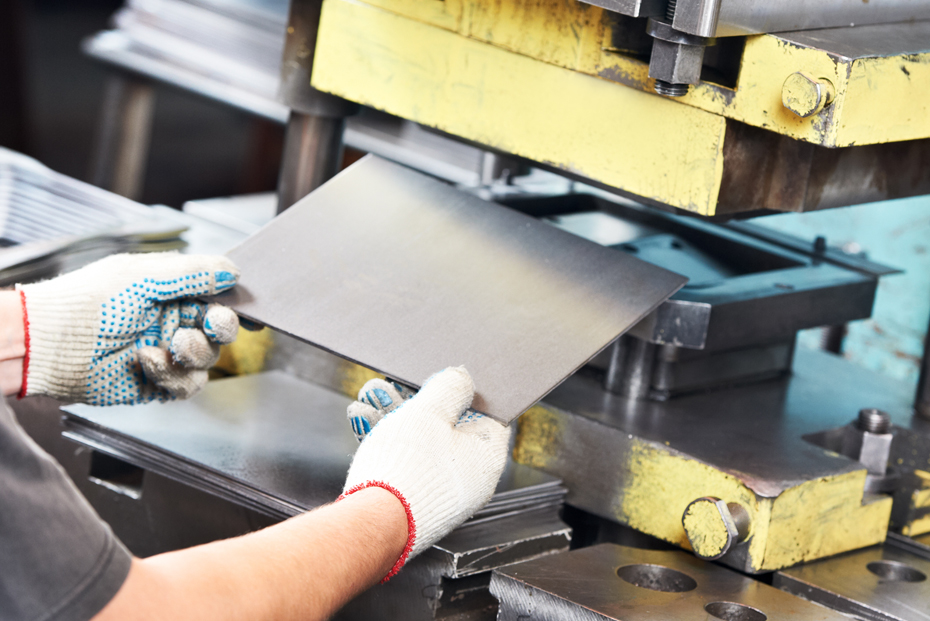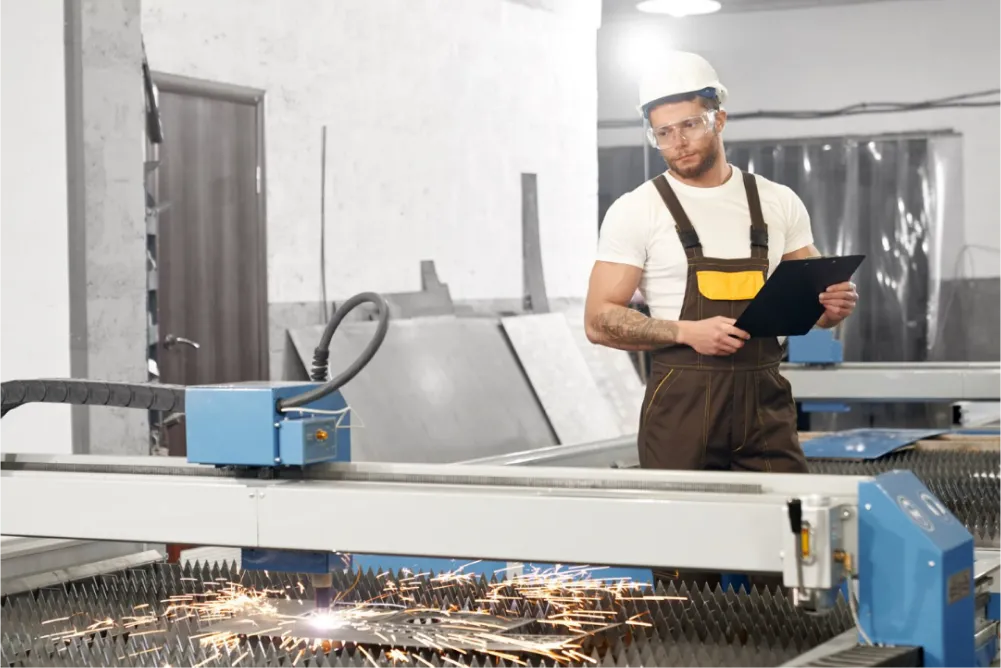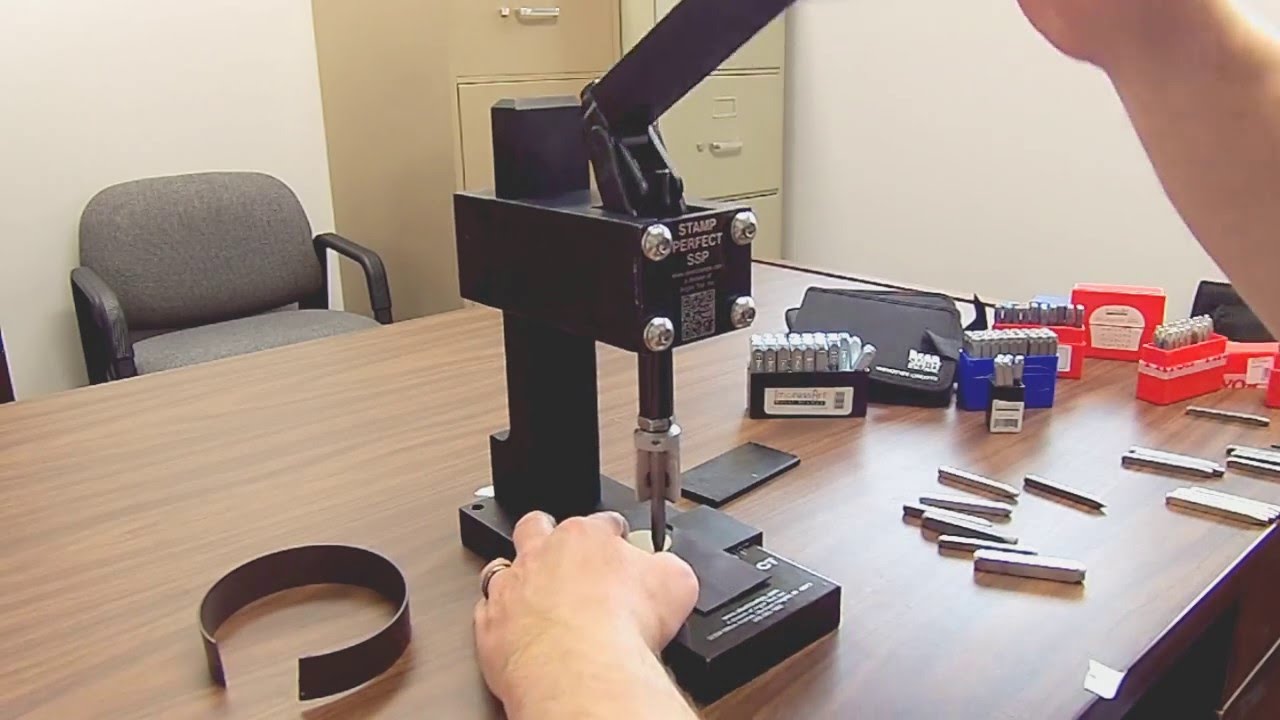In the world of industrial manufacturing, a well-maintained stamping tool can make all the difference. This stamping tool sharpening guide is here to ensure that your operations run smoothly, with minimal downtime and maximum output. Whether you are an experienced manufacturer or new to the field, understanding the intricacies of tool sharpening is essential. In this detailed guide, we will explore the importance, techniques, and tools needed for effective sharpening of stamping tools.

What is Tool Sharpening?
Tool sharpening refers to the process of refinishing the edges of a tool to restore its original sharpness. This practice is crucial in the stamping process, as it ensures the tools are in optimal condition, leading to precise and efficient production. In manufacturing, sharp tools reduce the risk of errors, enhance quality control, and extend the life of the equipment.
Why is Sharpening Important?
Regularly sharpening your stamping tools is important for several reasons. Firstly, it ensures the consistency and quality of the stamped products. A dull tool can lead to uneven edges and defects. Secondly, it helps in preserving the tool’s integrity, thereby extending its lifespan and reducing overall costs. Finally, sharpened tools increase efficiency, allowing for smoother and faster production processes.
Signs Your Tool Needs Sharpening
Recognizing when a tool needs sharpening can save time and prevent further damage. Some common signs include:
- Visible wear or damage on the tool’s edge.
- Increased force required to cut through materials.
- Irregular or rough cuts in the material.
- Increased production time and decreased efficiency.
Basic Steps for Sharpening Stamping Tools
Sharpening a stamping tool involves several key steps:
1. Inspection and Assessment
Begin by inspecting the tool for wear and damage. Assess its condition to determine the extent of sharpening required. This step is crucial for planning the sharpening process effectively.
2. Cleaning the Tool
Before sharpening, clean the tool thoroughly to remove any debris or residue. This ensures a smooth sharpening process and prevents damage to the sharpening equipment.
3. Choosing the Right Equipment
Select the appropriate sharpening equipment based on the tool’s material and the degree of sharpening needed. Common options include grinding wheels, honing stones, and diamond files.
4. Sharpening Process
Use the chosen equipment to carefully sharpen the tool. Maintain a consistent angle and pressure to achieve a uniform edge. Take breaks to avoid overheating the tool.
5. Testing the Tool
After sharpening, test the tool on scrap material to ensure it cuts cleanly and efficiently. Make any necessary adjustments before returning it to production.
Advanced Sharpening Techniques
For those seeking to refine their skills, advanced techniques such as CNC grinding and laser sharpening can offer precision and consistency. These methods require specialized equipment and training but are invaluable for high-volume manufacturing settings.
Maintaining Your Tools
Proper maintenance extends beyond sharpening. Regularly lubricate and store your tools in a dry, clean environment to prevent rust and damage. Implementing a routine maintenance schedule can significantly enhance tool life.
Training and Safety
Ensure that all personnel involved in tool sharpening are adequately trained. Safety precautions must be a priority to prevent accidents. Use protective gear and follow manufacturer guidelines for all equipment.
Choosing the Right Sharpening Service
In some cases, outsourcing tool sharpening to a professional service might be beneficial. Consider factors such as expertise, turnaround time, and cost when selecting a service provider.
Common Mistakes to Avoid
Avoid common pitfalls such as over-sharpening, using the wrong equipment, and neglecting safety measures. These mistakes can lead to tool damage and increased costs.
Conclusion
In conclusion, a well-maintained and sharpened stamping tool is vital for achieving high-quality manufacturing results. By following this stamping tool sharpening guide, manufacturers can ensure their tools remain in top condition, leading to improved efficiency and reduced downtime. For more insights into manufacturing processes, check out our article on Quality Control.

FAQ
How often should stamping tools be sharpened?
The frequency of sharpening depends on the tool’s usage and material. Regular inspection will help determine the optimal schedule.
Can I sharpen stamping tools myself?
Yes, with the right equipment and training, you can sharpen tools in-house. However, professional services are available for more complex needs.
What are the benefits of professional sharpening services?
Professional services offer precision, expertise, and faster turnaround times, especially for high-volume operations.
This article contains affiliate links. We may earn a commission at no extra cost to you.

